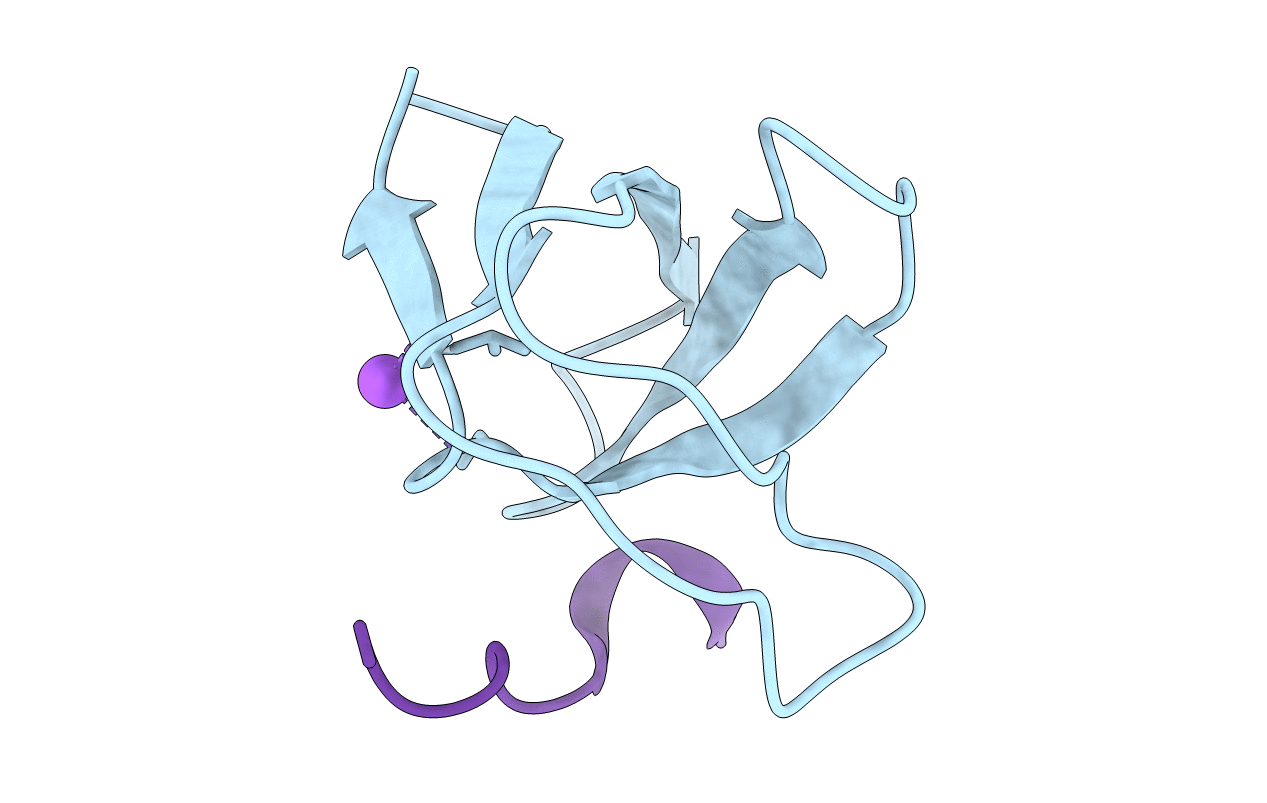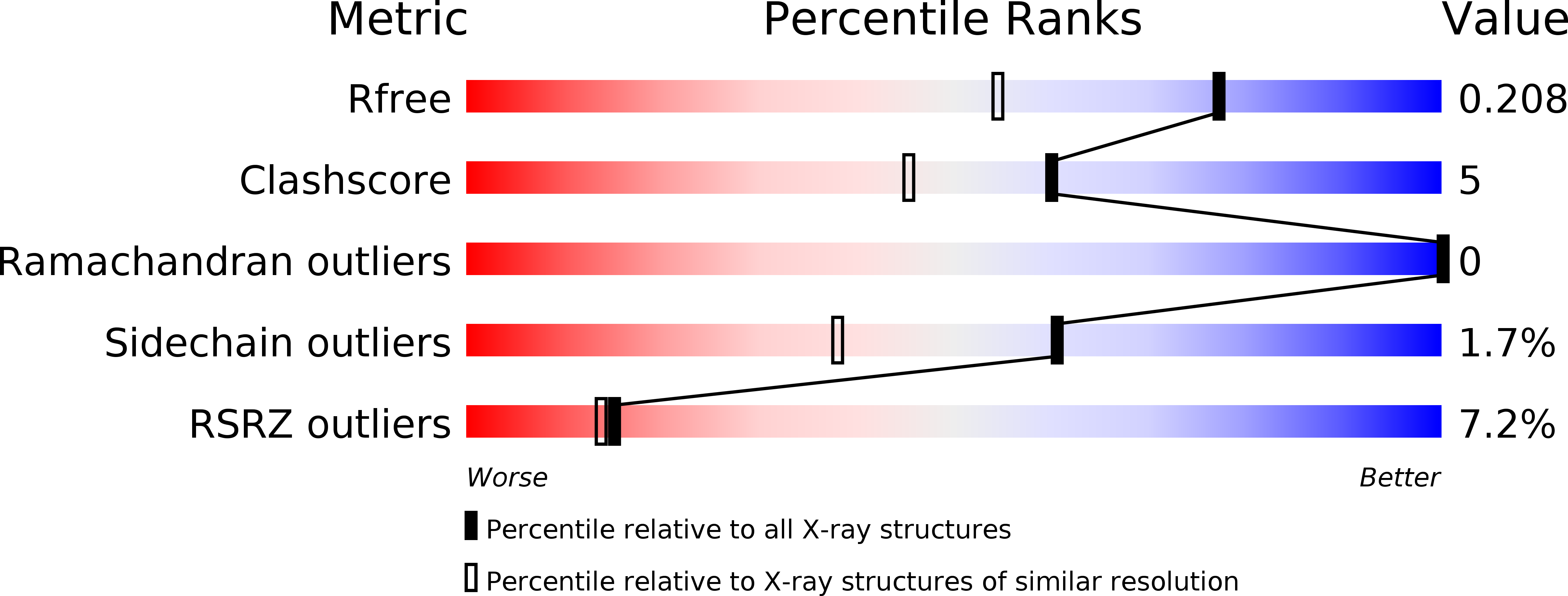
Deposition Date
2012-04-05
Release Date
2013-04-10
Last Version Date
2023-09-13
Entry Detail
PDB ID:
4EIK
Keywords:
Title:
Crystal Structure of the Human Fyn SH3 domain in complex with the synthetic peptide VSL12
Biological Source:
Source Organism:
Homo sapiens (Taxon ID: 9606)
synthetic construct (Taxon ID: 32630)
synthetic construct (Taxon ID: 32630)
Host Organism:
Method Details:
Experimental Method:
Resolution:
1.60 Å
R-Value Free:
0.19
R-Value Work:
0.17
R-Value Observed:
0.17
Space Group:
P 63


